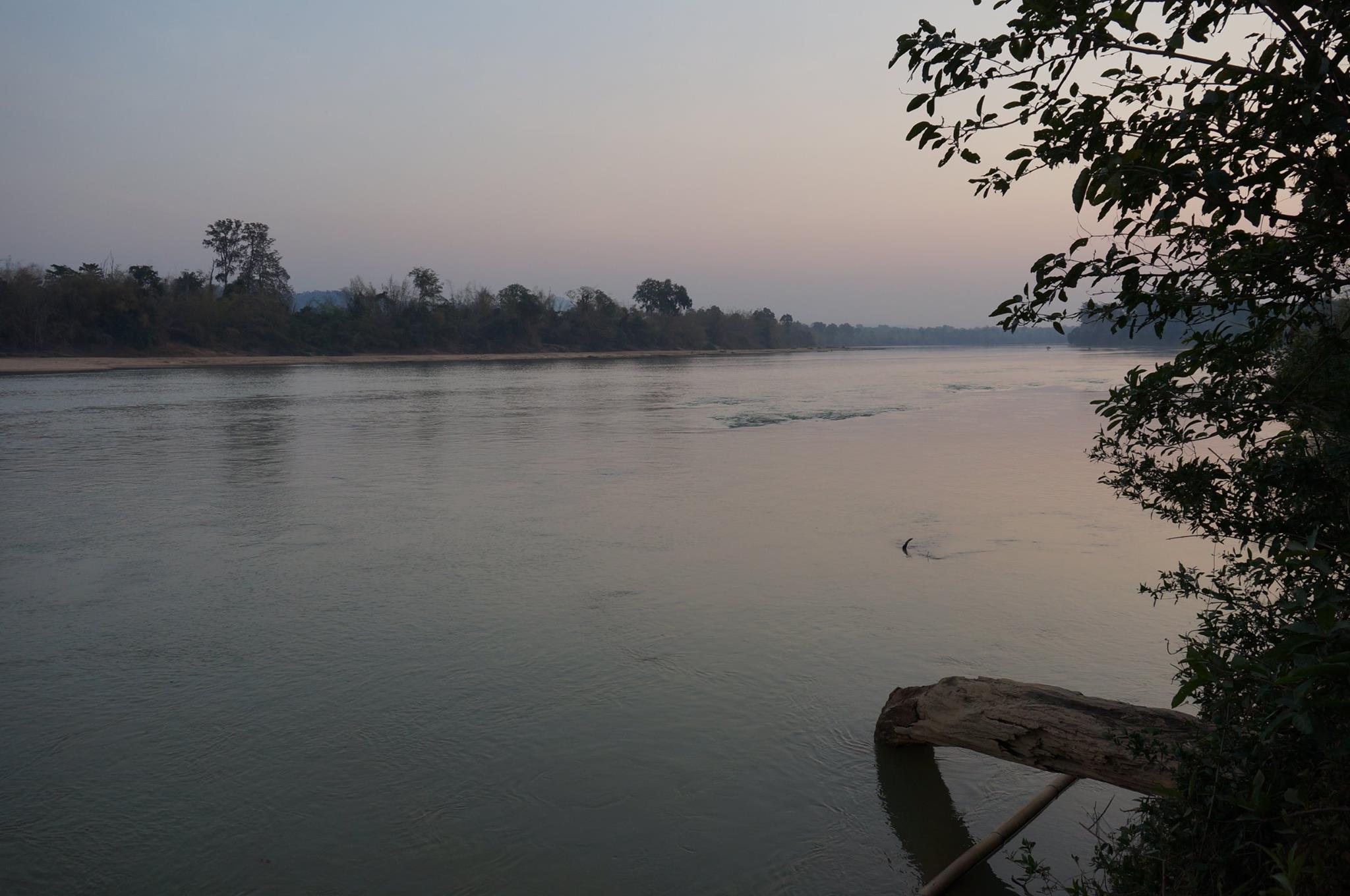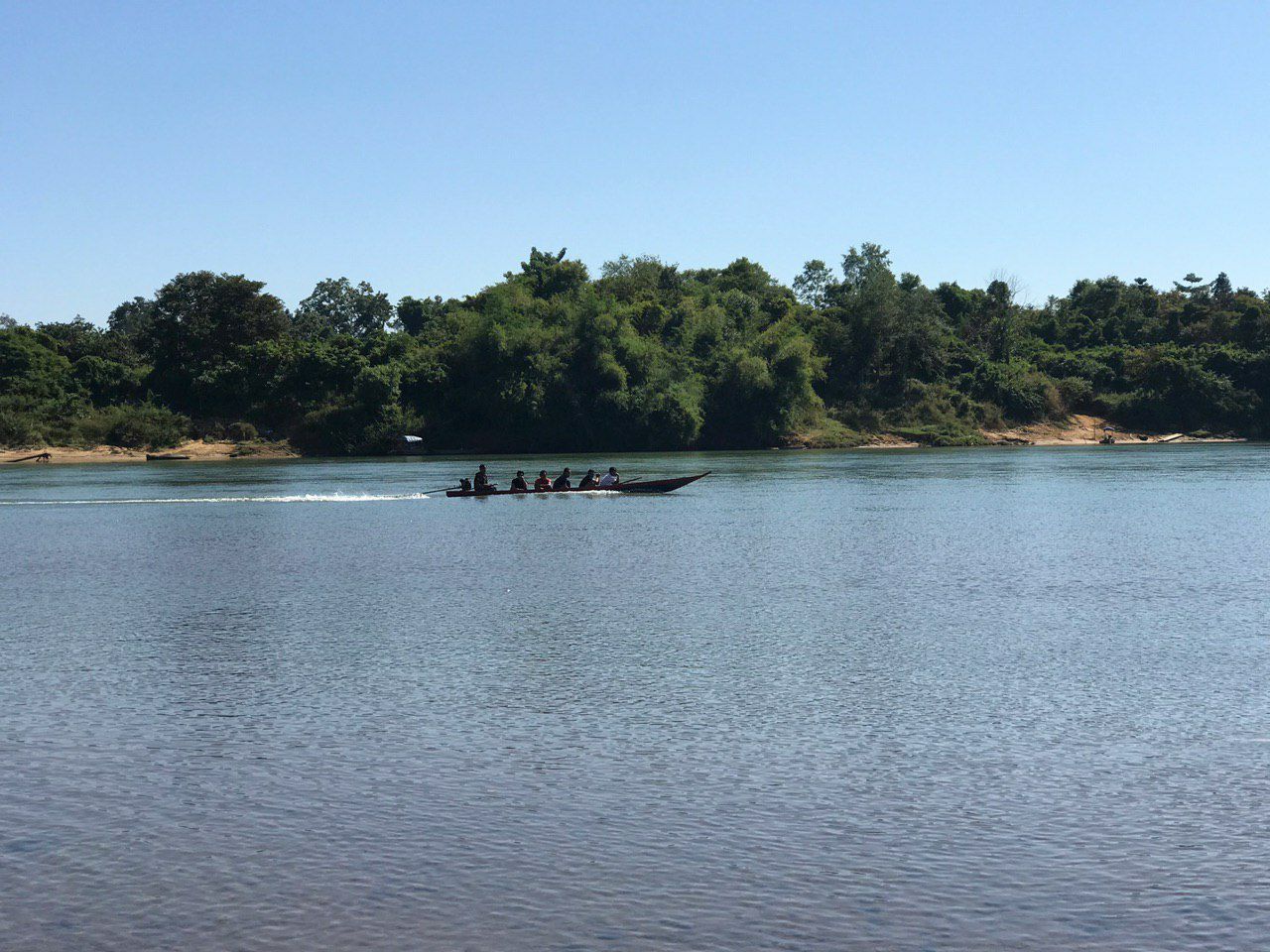Sesan River

Nestled within the verdant landscapes of Cambodia, the Sesan River flows not just as a body of water but as a cultural lifeline. In this exploration, we unravel the rich tapestry of cultural significance that the Sesan weaves through the heart of Cambodia. From ancient traditions to modern-day connections, join us as we navigate the intricate layers that make the Sesan River a cultural treasure trove.
1. Indigenous Traditions Along the Sesan: A Living Heritage
The Jarai and Tampuan Communities:
Stretching along the banks of the Sesan, the Jarai and Tampuan indigenous communities have preserved their traditions for centuries. Their unique customs, rituals, and artistic expressions form an integral part of the cultural mosaic that defines the Sesan River.
Spiritual Practices and Ceremonies:
The Sesan is not merely a river; it is a sacred entity for the indigenous communities. Rituals and ceremonies conducted along its shores are deeply intertwined with the natural rhythms of the river, creating a harmonious relationship between culture and nature.
2. Historical Significance: Echoes of the Past Along the Sesan
Ancient Trade Routes:
The Sesan River, with its intricate network of tributaries, served as a crucial trade route for ancient civilizations. Traders navigated its waters, exchanging goods and cultural influences, leaving an indelible mark on the historical narrative of the region. It is a major Mekong River tributary.
Archaeological Discoveries:
Archaeological sites along the Sesan River bear witness to the civilizations that once thrived on its banks. From ancient settlements to artifacts, these discoveries contribute to our understanding of the historical significance of the Sesan.
3. Biodiversity and Cultural Connections: A Symbiotic Relationship
Fishing Traditions and Cuisine:

The rich biodiversity of the Sesan sustains local communities along its shores. Fishing, a cultural practice deeply rooted in the river’s bounty, not only provides sustenance but also shapes culinary traditions unique to the region.
Medicinal Plants and Healing Practices:
Indigenous communities along the Sesan have developed an intimate knowledge of the river’s flora. Many plants found along its banks hold cultural significance, used in traditional healing practices that have been passed down through generations.
4. Cultural Celebrations and Festivals: Honoring the Sesan
Water Festivals:
The Sesan River becomes the centerpiece of annual water festivals, where communities gather to celebrate their cultural identity. These festivities involve traditional dances, music, and rituals that pay homage to the river’s role in their lives.
Ceremonial Boat Races:
Boat races on the Sesan are not just competitions; they are cultural events that bring communities together. These races, rooted in tradition, symbolize the unity and shared heritage of those connected by the river.
5. Threats to Cultural Heritage: Balancing Conservation and Development
Hydropower Development Impact:
The Sesan faces challenges from hydropower development projects, impacting the delicate balance between nature and culture. Conservation efforts strive to mitigate these impacts and protect the cultural heritage embedded in the river’s flow.
Community-Led Conservation Initiatives:
Local communities, recognizing the threats to their cultural heritage, are actively engaged in conservation initiatives. From sustainable resource management to advocating for the river’s protection, these efforts aim to preserve the cultural richness of the Sesan.
Conclusion:
As we conclude our journey through the cultural expanse of the Sesan, it becomes evident that this waterway is not just a geographical feature; it’s a living testament to the cultural legacy of Cambodia. The Sesan, with its indigenous traditions, historical echoes, and biodiversity-driven customs, stands as a beacon of cultural importance in the heart of Southeast Asia.
Know More about Sesan River.
What are The Religious Places of Sesan River?
When Did The Sesan River Basin Become a Focus?
Where is The Sesan River Located?
Who Were The Key Historical Figures and Civilizations of The Sesan River?
How to Reach Sesan River?




